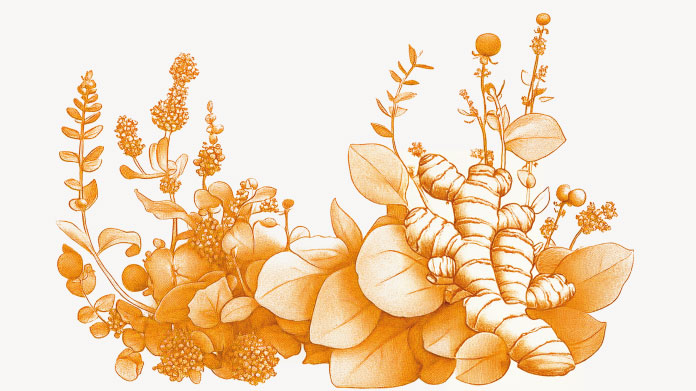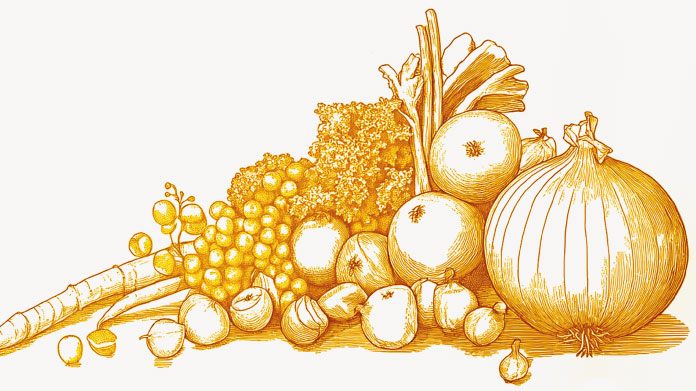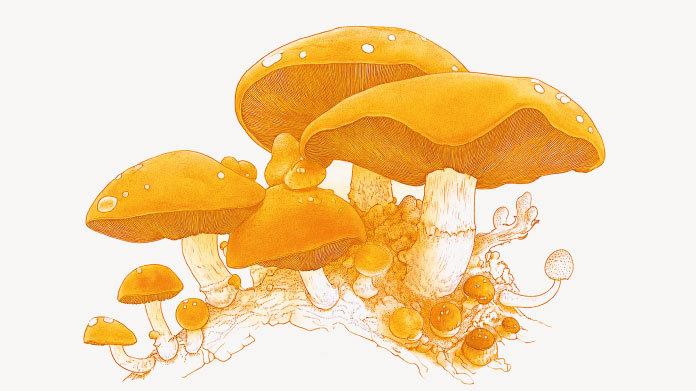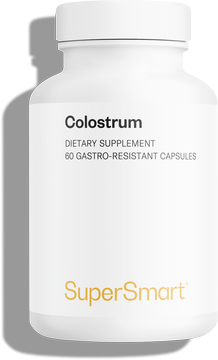Propolis: how to get the best out of this beehive treasure
Produced by bees to protect the hive from the cold and diseases, propolis is a veritable treasure trove of beneficial compounds. Discover its secrets and how to get the most out of it.
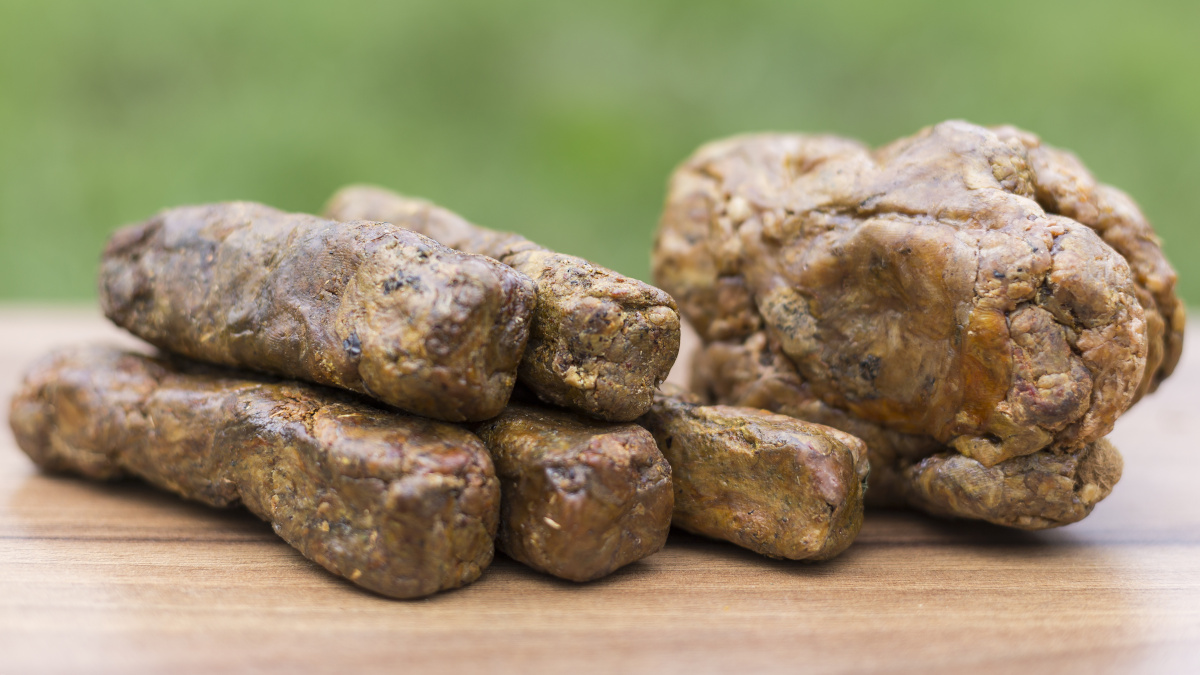
What exactly is propolis?
Propolis is a substance produced by worker bees from wax and plant resins. Resin exuded around the buds and bark of certain trees and shrubs is collected by foraging bees and transported back to the hive for processing by worker bees (1).
They in turn mix the resin with wax and saliva in their mouths to make an extremely rich paste with close to 400 active ingredients crucial to the life of the hive.
Propolis is used by bees as a cement to repair the hive or to seal openings, and form a protected entrance. It also acts as thermal insulation against the winter cold and thus reduces heat loss from the hive.
In addition, propolis protects the hive from disease with its antiseptic and antifungal properties. These properties are used by the bees to embalm intruders: with the cadavers thus enclosed in antiseptic, insulated coffins, they dry out, so preventing the spread of disease in the hive.
The action of these properties within the hive has led a number of research teams to study the potential effects of propolis on human health (2).
And it is these same properties that have ensured propolis has been used for thousands of years, for example, as a balm applied to wounds (3).
Composition of propolis
Propolis contains hundreds of active and aromatic ingredients, which come partly from the resin collected by the bees, and partly from chemical and organic reactions associated with the production of propolis by the bees’ mastication.
Its composition thus includes a number of particularly interesting molecules (4):
- flavonoids ;
- chalcones (natural phenols) ;
- benzaldehydes ;
- cinnamyl alcohol and cinnamic acid;
- terpenes, sesquiterpenes and triterpenes;
- sterols;
- amino acids...
These various compounds are present in varying proportions, however, depending on the type and origin of the propolis.
The different kinds of propolis
Propolis is generally thought to exist in 3 main forms:
- yellow (or brown) propolis. This is the most common form. It comes from various European countries and is normally obtained from poplar or elm resin. However, unless it is certified organic, meaning that the bee colonies are located solely in areas that are totally pesticide-free, it may contain traces of chemicals associated with intensive farming methods;
- green propolis, such as our product Green Propolis. This comes from ‘field rosemary’ resin collected by bees, a plant with the botanical name of Baccharis dracunculifolia. This excellent propolis originates from Brazil and is produced well away from intensively-cultivated land in order to preserve its purity;
- red propolis, such as our supplement Red Propolis. This is obtained from the resin of the woody climber Dalbergia ecastaphyllum, which grows in tropical mangroves It is the rarest and most beneficial of the forms of propolis available.
If you’re interested in beehive-based supplements, you may also want to benefit from the nutritionally-rich royal jelly, with the product Organic Royal Jelly 4% (an organic supplement standardized to 4% 10-HDA).
Which is the best way to take propolis?
Propolis is often found in the form of sprays which are produced by alcoholic extraction. These are designed to be used orally, for local treatment of the gums, tongue or throat. It is also available as an ointment, also for topical application.
To obtain maximum benefit from the 400+ active and aromatic ingredients in propolis, and ensure they reach all areas of the body, it’s best to to ingest it so that the compounds are absorbed during digestion. This way, the propolis acts as a complement to the diet, ensuring a significant intake of flavonoids, amino acids, etc.
To conclude then, if you want to consume propolis, this veritable beehive treasure, in the best way possible, as a complement to a healthy, balanced diet high in fresh and raw fruits and vegetables, fibre and lean protein ... we recommend opting for capsules containing standardized extract of red or green propolis, with a high content of active ingredients.
References
- E. L. Ghisalberti (1979) Propolis: A Review, Bee World, 60:2, 59-84, DOI: 10.1080/0005772X.1979.11097738
- A. Aparecida Berretta, M. A. Duarte Silveira, J. M. Cóndor Capcha, D. De Jong, Propolis and its potential against SARS-CoV-2 infection mechanisms and COVID-19 disease Running title: Propolis against SARS-CoV-2 infection and COVID-19, Biomedicine & Pharmacotherapy, Elsevier, November 2020
- https://eurekasante.vidal.fr/parapharmacie/complements-alimentaires/propolis.html
- Mc Marcucci. Propolis: chemical composition, biological properties and therapeutic activity. Apidologie, Springer Verlag, 1995, 26 (2), pp.83-99
Keywords
2 Days
Great customer service - responsive …
I ordered from them and my item was unavailable for sometime. I was super happy when they reactivated my order and shipped my item which arrived very quickly. Great customer service.
Ruth Rueter
3 Days
Super fast shipping
Super fast shipping
Donald Borling
6 Days
Reputable companysearch and the number of…
The research and the number of selection of products.
NAKHJAVAN Shervin
20 Days
The Anti Aromatase is a great product
The Anti Aromatase is a great product. You just need to have constant inventory. Recently this product has been out of stock.
GEORGE Verne
21 Days
Great help on chat
Great help on chat. Knowledgeable and friendly.
Jason Argos
25 Days
Customer service was fast and friendly.
Customer service helped to stop the transaction process of the subscription. I appreciated that.
Greenie
25 Days
I order here due to the high quality of…
I order here due to the high quality of the products and the quick delivery of items - thank you
Barbara J
26 Days
SuperSmart's Eye Pressure supplements: highly recommended!
I purchase SuperSmart's Eye Pressure supplements regularly for over 5 years, and gotta say they are truly a wonderful product for my Glaucoma. Highly recommended if you have eye pain from your Glaucoma.
D. Martinez
31 Days
Quick service
Quick service
MONELL
32 Days
Speedy service.
Speedy service.
ROSENTHAL Marvin
35 Days
Clear website- Efficient
Clear website. Excellent search engine and fast delivery!
Mohamad Hussein
38 Days
They have great products.
They have great products.
Vickie
38 Days
Great Shipping Time!
You Have A Great Shipping Time! Praise The Lord!
DMHoge
40 Days
Doctor Recommended!
Good pricing, very good availability, doctor recommended (couldn't find what I needed anywhere else), and it took only a week to arrive (which I can't complain about).
Al
41 Days
Great product and fast shipping
Great product and fast shipping
Marie

